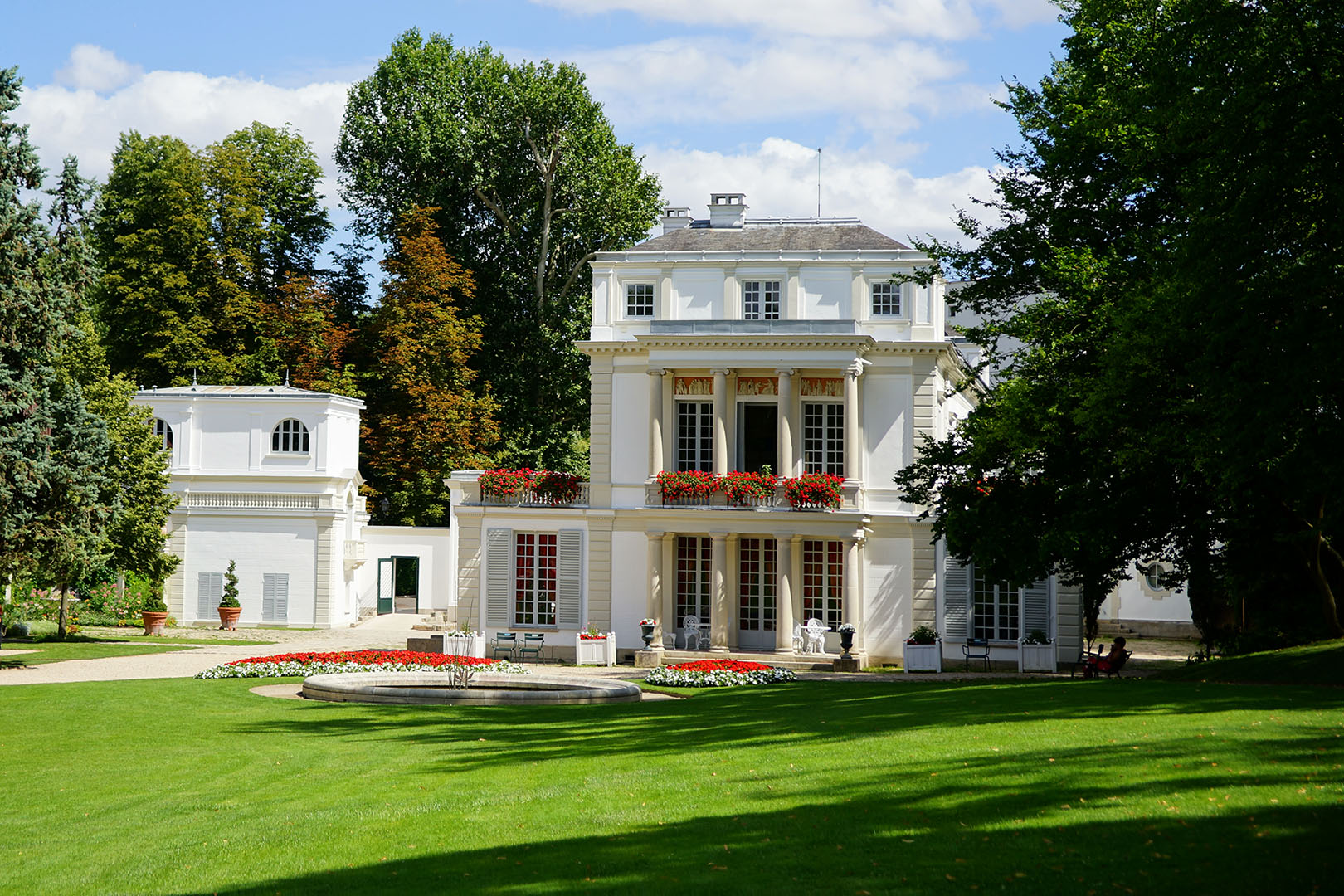Musée De La Bresse: Fabulous Fowl
Text: Kiki Deere | Photos: Musée De La Bresse-Domaine Des Planons
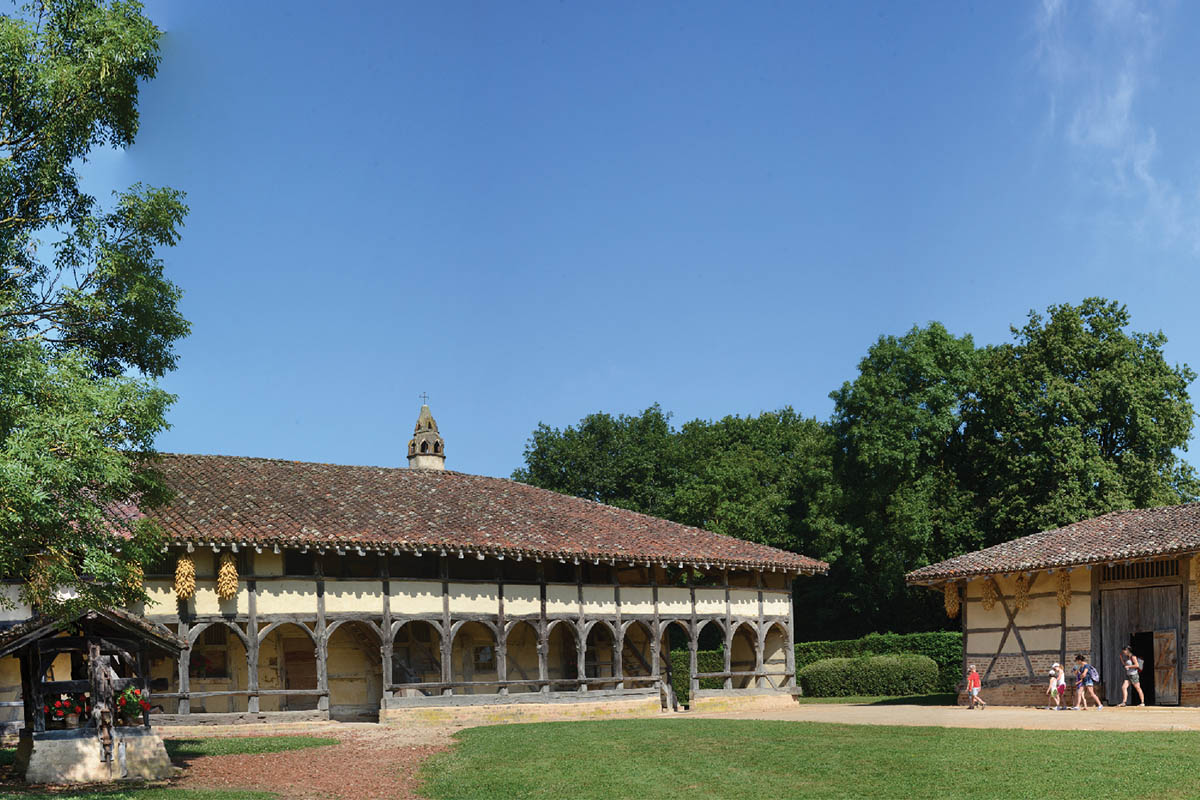
Photo: C. Monfray
If you have ever happened to visit some of Paris’ priciest butcher shops, perhaps to stock up on some premier cuts of charcuterie to take back home, you may well have come across ‘volaille de Bresse’, the most expensive chicken in the world.
Raised in the historic region of Bresse in eastern France, the white chickens of Bresse have become a gastronomic symbol of France, not only due to their exceptional quality, but also the fact that the colour of their bodies match the French flag – blue legs, white body and red comb.
The first mention of these much-prized birds was in 1591, when the citizens of Bourg-en-Bresse offered a number of birds to the Marquis of Treffort for his efforts in fending off marauding Savoyard soldiers. The long history of the Bresse chicken is recounted at the Musée de la Bresse, a large cultural site that showcases the region’s rich heritage. “Visitors can learn about the gastronomic traditions of our region, not least of our world-famous ‘volaille de Bresse’, the star of our collection, with old egg cups, paintings and even poultry papier-mâché sculptures by contemporary artist Chantal Dunoyer,” explains Aurélie Faivre, the director of the museum.
Not to be missed is the historic 1894 Lyon banquet menu. Offered by the City of Lyon to the then President of the Republic Sadi Carnot in honour of the Exposition Internationale et Coloniale, a world fair and colonial exhibition, the six-page silk menu features elaborate depictions of the city of Lyon, the President’s speech, and details of each dinner course, including – of course – a truffled Bresse chicken dish. Belly sated with tender roasted chicken, President Sadi Carnot was infamously murdered shortly after the banquet.
So important are chickens in this part of France that the Museum, which occupies an area of 48 hectares, raises its own. In the expansive grounds, chickens roam around freely. Their diet of wheat grain, corn and dried milk is kept deliberately low in protein so that they have to forage for other foodstuffs including worms and grass. By law, the chickens must have at least ten metres of area each, reaching 12 metres for capons. “The ‘terroir’ of the region is what lies behind this much sought-after poultry meat. The clay-rich soil and the temperate climate of the region combine to give us the world’s most prized chicken,” explains Aurélie.
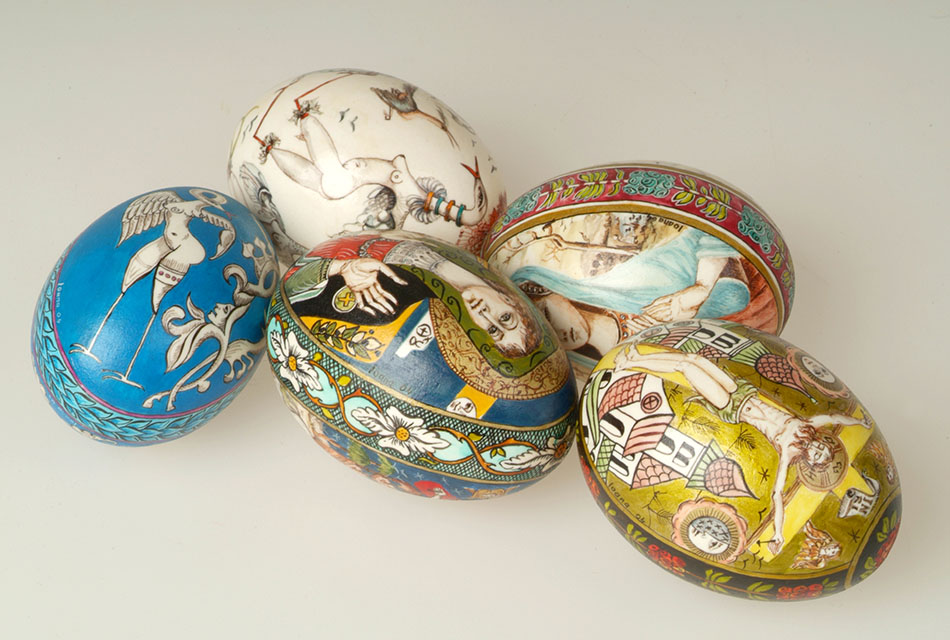
A Traditional Bressan Farmhouse
Located on the site of a former working farm, the Museum showcases a treasure trove of artefacts and exhibitions. The beautifully preserved farmhouse, complete with sweeping arched columns, displays traditional machinery and objects, allowing visitors to experience what life was like in a traditional Bressan farmhouse.
Dating back to 1490, the Maison Chauffure is the oldest part of the building. Equipped with a large heated fireplace, it displays numerous pieces of furniture, including an oak table with benches, straw chairs and a kneading-trough. Its most impressive architectural feature is undoubtedly the Saracen chimney, with its Moorish features and minaret-like shape. Dating from the 13th century, it is extremely rare (there are only 30 such chimneys left today).
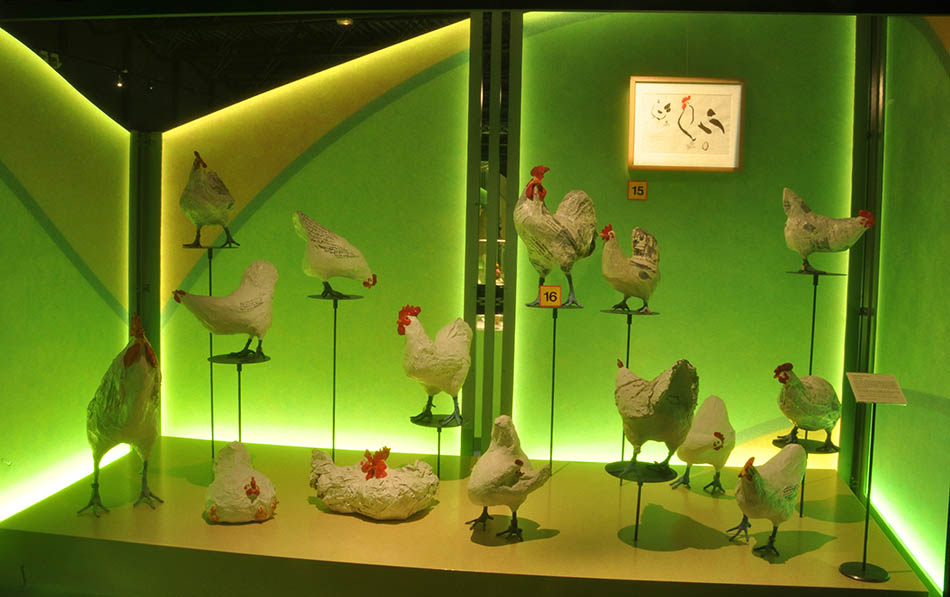
Photo: C.Monfray
The Contemporary Museum and its Exhibits
Surrounding the farm, are acres of greenery where visitors can easily while away the day exploring the grounds, stopping off to enjoy a bite to eat at designated picnic areas. Along with the farmhouse, the grounds house an impressive contemporary building made of wood, glass and aluminium that is at one with the surrounding environment. Partially buried in greenery, it serves as a guiding thread between the landscape and the exhibitions.
As well as a room dedicated to the ‘volaille de Bresse’, the building showcases traditional Bressan costumes and accessories, including headdresses and hats, from simple hats to large elegant headwear with elaborate lace. An important collection of 19th-century jewellery takes in brooches, rings and necklaces that reflect French fashion of the time, while a display of hurdy-gurdies and musettes highlight the importance of music in village communities. An impressive collection of enamels sheds light on the importance of enamelling in this region, with religious objects, belt buckles and jewels made by skilled local craftsmen.
Aurélie admits that not many have heard of Bresse, its name ringing a familiar bell perhaps only with true foodies. “Our museum aims to highlight not only our region’s rich gastronomic tradition, but also our exceptionally rich cultural heritage that is France’s best-kept secret.”
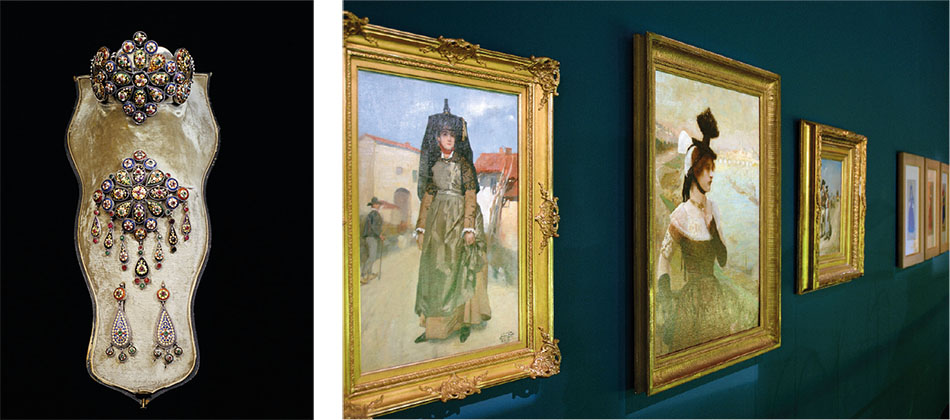
Web: patrimoines.ain.fr/n/musee-de-la-bresse-domaine-des-planons/n:810
Subscribe to Our Newsletter
Receive our monthly newsletter by email




